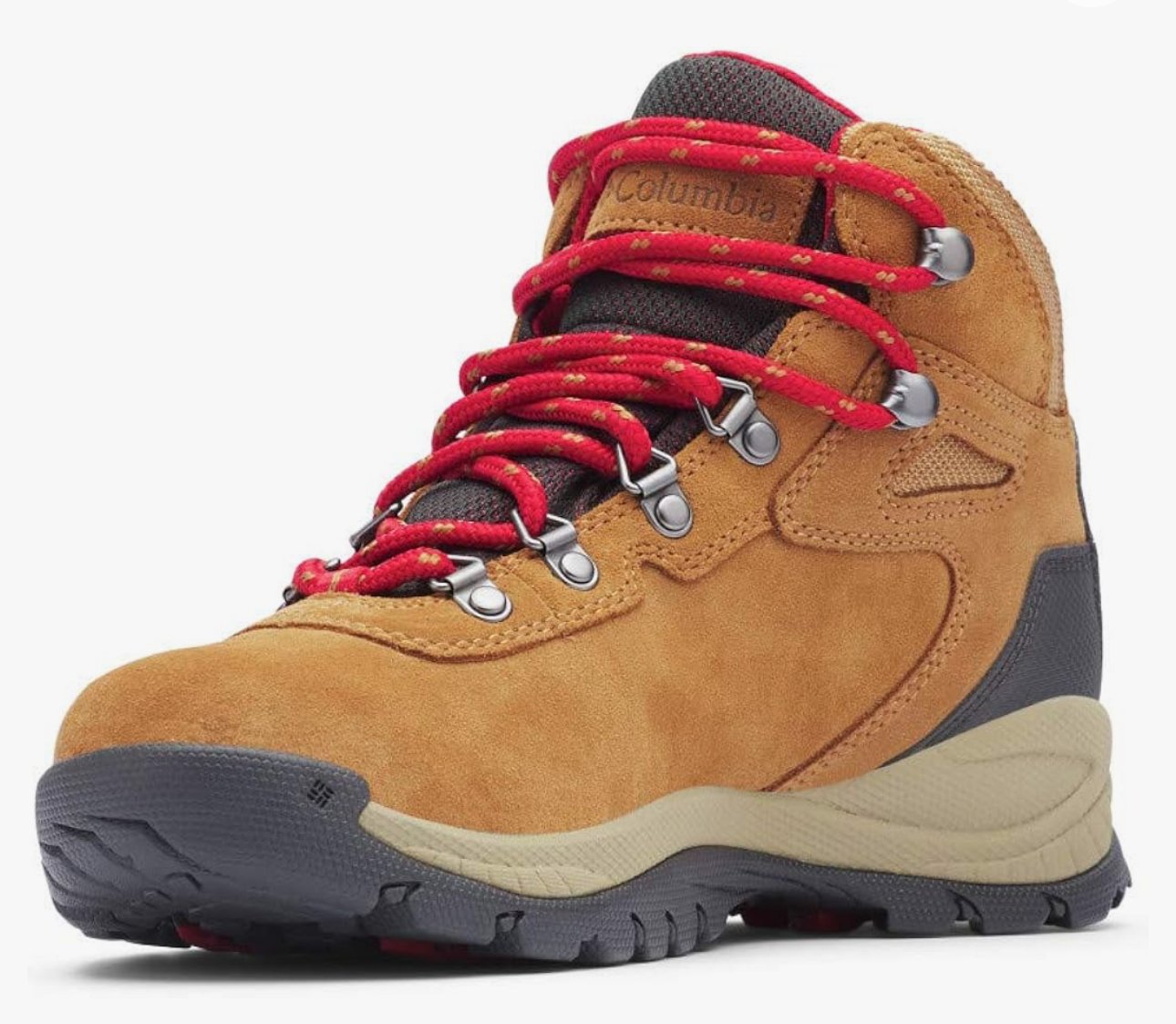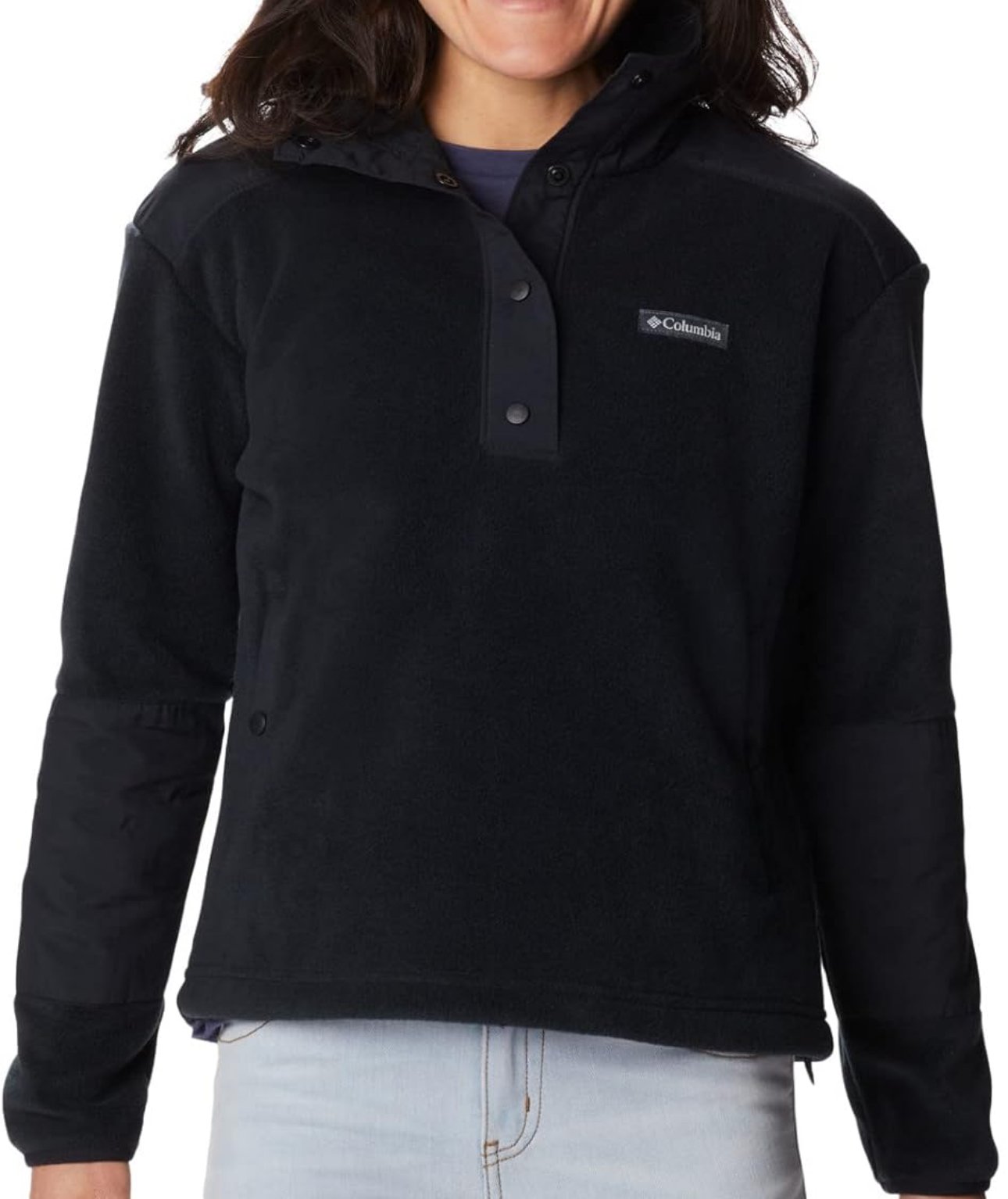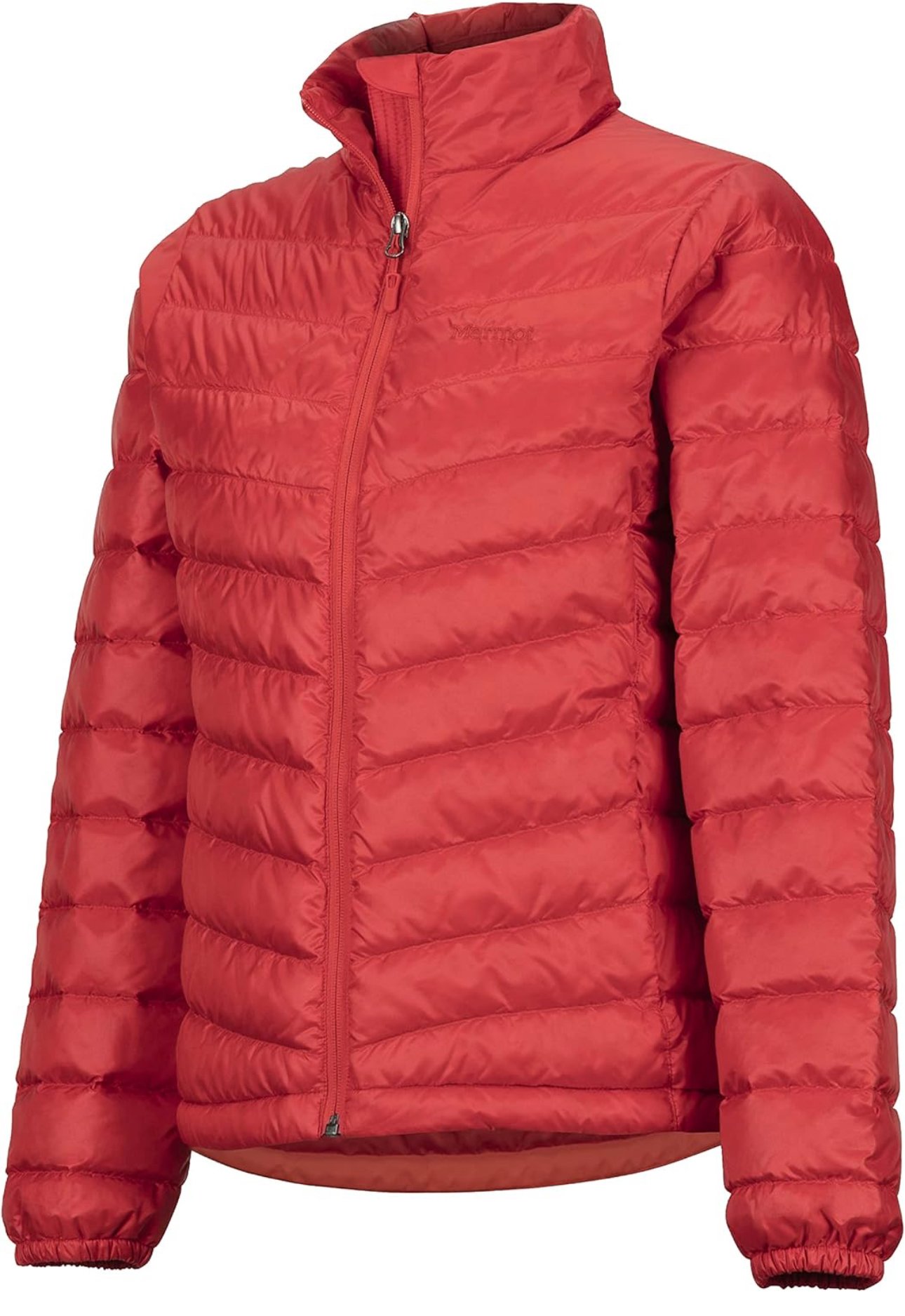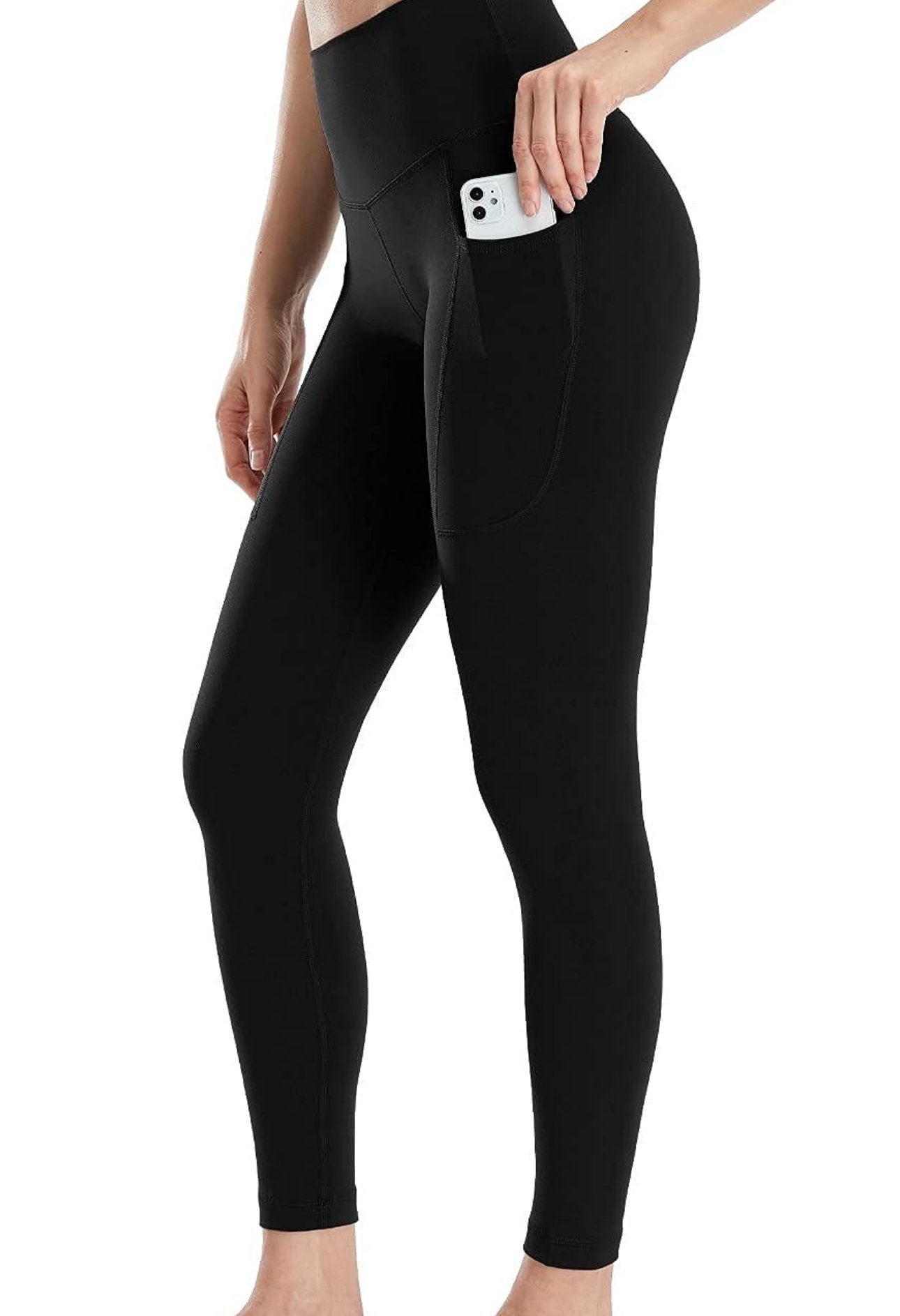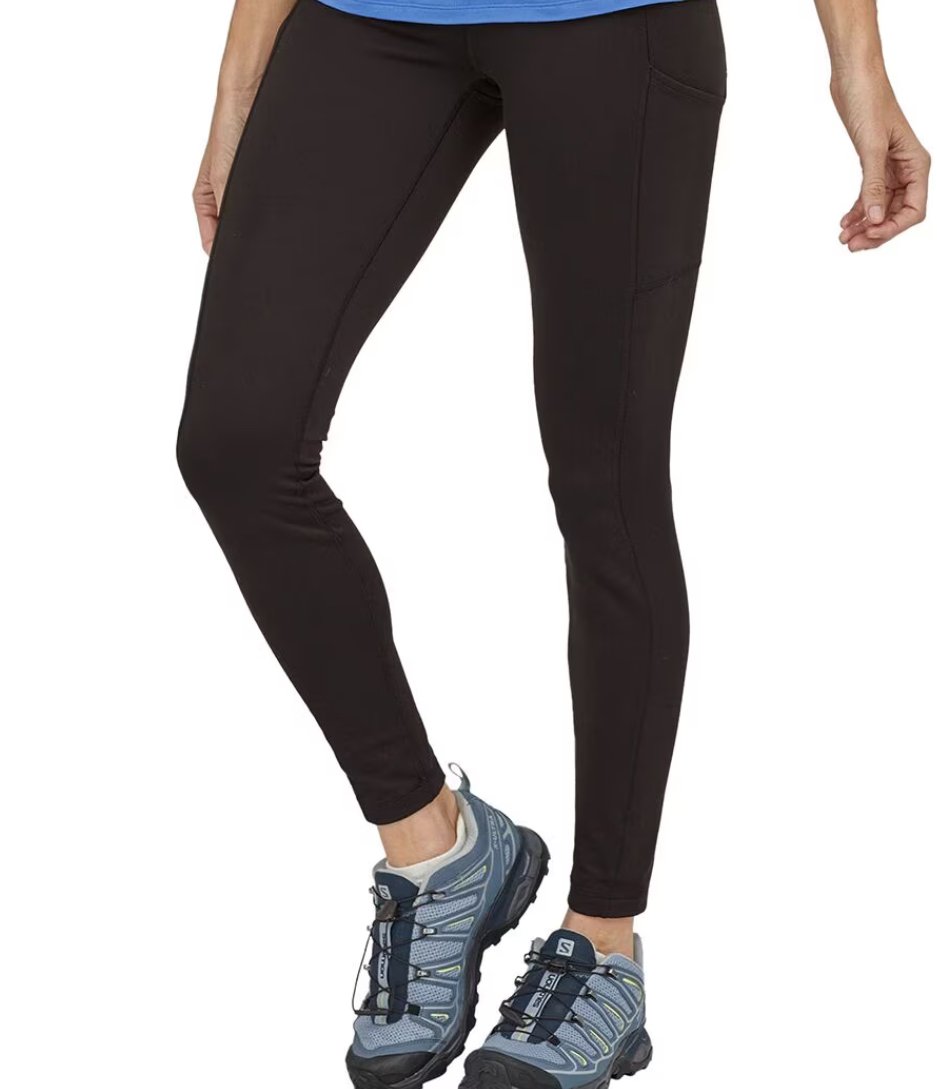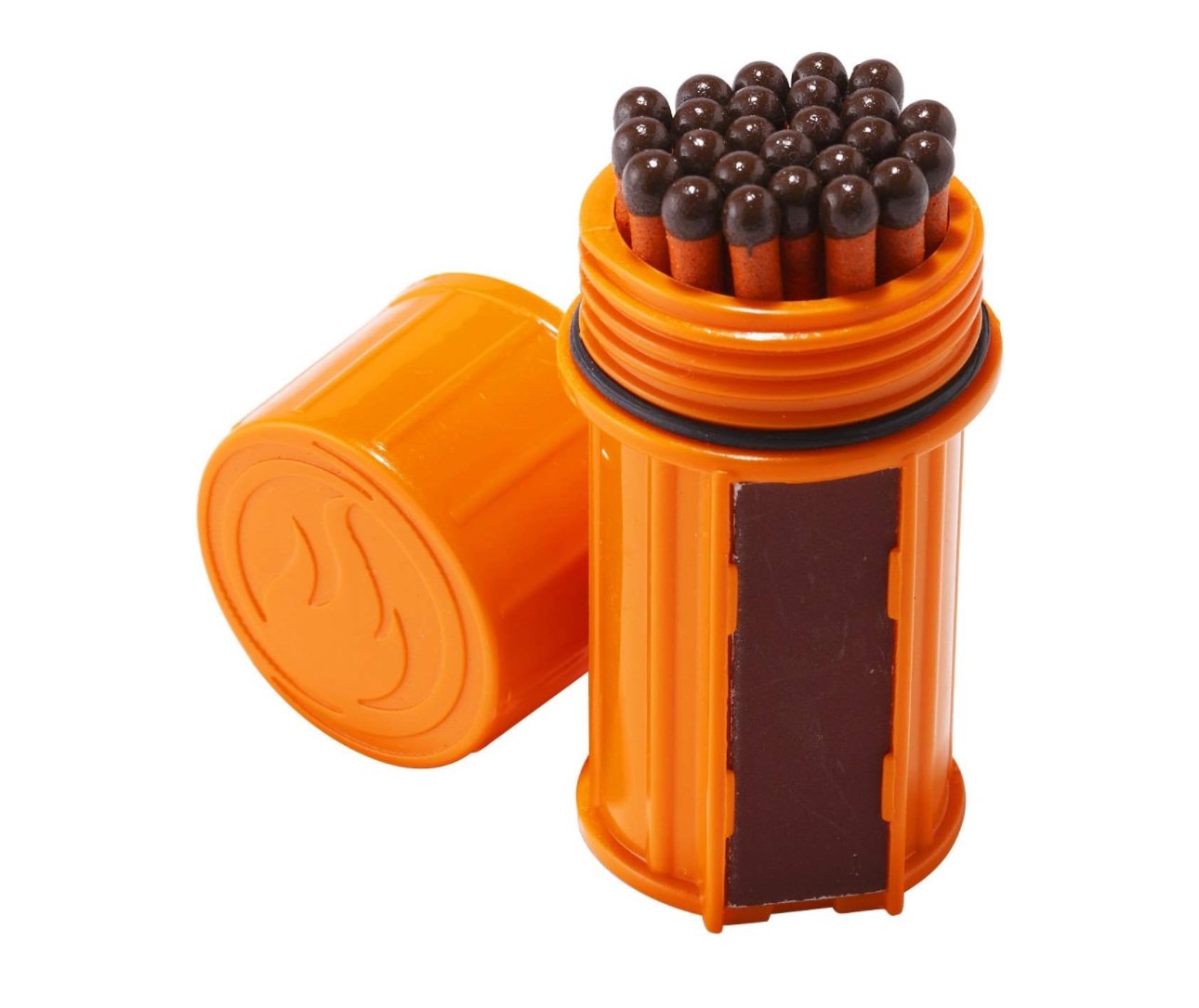Must Haves for Beginner Hikers
What should you bring on a hike?
Before we dive into what gear we should have with us on our outdoor adventures, let’s talk about the important things to know before we even step foot into an outdoor store. Do your research, talk to you friends about what worked best for them, talk to people in the community, what are their favorites, read blog posts :) Go to the stores and talk to the experts, they LOVE to help. Read reviews online. Get familiar with the products and have an Idea of what you may need before you head to the store.
It took me awhile to get to the collect all the gear that I have today, and I’m still always adding. When I first started hiking I used things I already had around the house, or borrowed things from friends. And that’s fine to do if you are just starting out! But the more I got out there I realized, as with any sport or activity the quality of the gear does matter to you comfort and safety. Before I get into what you should have with you I wanna give you a few pro tips in getting good gear.
First, go for brands that hikers and outdoorsman have known and trusted for years, brands like Patagonia, Osprey, Marmot and REI (most of these brands have guarantees on their products), meaning if something goes wrong with your gear the company will repair or replace it.
Getting your gear at the right place and the right time matters too! Make sure you get your gear at a place where they have knowledgeable staff if you are unsure of what item would be right for you. Make sure the place that you purchased from has a good return policy, in case the gear you purchased didn’t work for you.
Lastly, buy at the right time. Often stores like REI have seasonal sales, for example, as a store is putting out all their summer things, you may find a lot of the winter gear on super sale. Score!
While I have been hiking a while I haven’t tried everything on the market, but since I started I’ve learned a thing or two.. Through each hike or camping trip I’ve learned what gear works for me and what… does not. These few items that I listed below are things I have used and I swear by. Now let’s get into it! In this blog post I will discuss the MOST important things you should have with you on any and every hike.
Note: Each product has an affiliate link to the product, if you select to purchase through my affiliate link I earn a small commission that in turn helps me create more content like this (at no additional cost to you) and helps to support my small business. If you do choose to purchase something, I thank you so much for your support!
Proper Footwear
A comfortable and supportive pair of hiking boots or shoes is crucial for a successful hike. The terrain can vary, and proper footwear helps prevent blisters, provides ankle support, and ensures stability on uneven surfaces. Look for shoes with good traction to handle different trail conditions.
Below are a few of my favorites
Columbia Women's Newton Ridge Plus Waterproof Amped Hiking Boot.
Stylish waterproof hiking boot with the comfort and traction you need for tough trails, easy walks—and every adventure in between
Columbia offers these women's hiking boots available in several color versions, with true-to-fit sizing.
These are the boots that I currently have, and I love them. That are really comfortable, they have great ankle support, they have good traction for slippery environments and they are waterproof!
Merrell Women's Moab 3 Mid Waterproof Hiking Boot
A popular choice making it one of the best selling hiking boots in the world. Famous for its out-of-the-box comfort, durability and all-purpose versatility.
Personally I like the quality, versatility, color, weight and fit of the boot. They are very well made. I love that they have great traction and grip. That they are comfortable and have great ankle support and most importantly, that they are waterproof.
Danner Mountain 600 4.5" Hiking Boot (men’s version)
Danner boots were my first ever hiking boots, Id have to say they are always going to be one of my favorites. They are super lightweight, comfortable and waterproof.
Columbia Women’s Newton Ridge Hiking boot
Merrell Women's Moab 3 Mid Waterproof Hiking Boot
Danner Men's Mountain 600 4.5" Hiking Boot
Hydration System:
Staying hydrated is essential for maintaining energy levels and preventing dehydration, especially during hiking. Carry a reliable hydration system, such as a water reservoir (hydration bladder) or water bottles.
Consider the length of your hike and the availability of water sources on the trail.
Pro tip: always pack more water than you feel like you will need, it doesn’t hurt at the end of the trial when you have extra water, but to be on the trail and dry is not a fun time!
Another thing that I like to do too, is to have an electrolyte solution to mix in my water for extra minerals and vitamins that may be depleted on the hike.
Hydro- flask water bottle: I take this water bottle literally everywhere with me. I don’t go anywhere without it honestly. But insulated bottles like this tend to be heavy so pack accordingly because these will definitely add some extra weight.
Nalgene 32oz water bottle: I would recommend bringing this on hikes or backpacking trips, they are lightweight and easy to carry.
Camelbak water reservoir: This is essential, especially on long hikes, an additional 2L that slips in your backpack. It’s easily accessible with the straw that extends from the bag, you don’t even need to stop and fumble with your pack to hydrate!
Platypus GravityWorks 6.0L Filter System: This is a great product to have if you are hiking is areas with water. It’s a filtration system that uses gravity (no pumping required) and can filter 4L of water in less than 4 min. Meets all EPA/NSF guidelines for removal of 99.99% of bacteria and 99.9% of protozoa.
Hydro Flask Stainless Steel Wide Mouth Water Bottle with Flex Cap and Double-Wall Vacuum Insulation
Nalgene Sustain Tritan BPA-Free Water Bottle Made with Material Derived From 50% Plastic Waste, 32 OZ
CamelBak Crux 2-Liter Water Reservoir - Hydration Bladder
Platypus GravityWorks Group Camping Water Filter System, 6-Liter
Weather-Appropriate Clothing:
Dressing appropriately for the weather and layering your clothing is vital for comfort and safety. Wear moisture-wicking base layers to keep sweat away from your skin, insulating layers for warmth, and a waterproof and windproof outer layer to protect against the elements. And as always, check the weather forecast before heading out.
Base Layers: Base layers are crucial for keeping you comfortable and dry with moisture wicking technology. When it’s warm I tend to wear a sports bra or a crop top. And when it’s cool or I need some protection from the sun I wear something like Merino.tech base layer, or Under Armour HeatGear compression long sleeve t- shirt. All are super lightweight with strategic ventilation that wicks moisture away and dries incredibly fast.
Merino.tech Merino Wool Base Layer Women 100% Merino Wool Midweight, Heavyweight Long Sleeve Thermal Shirt
Under Armour HeatGear Compression Long-Sleeve T-Shirt
Merino.tech Merino Wool Base Layer Women 100% Merino Wool Midweight, Heavyweight Long Sleeve Thermal Shirt
Under Armour (Men's Version) HeatGear Compression Long-Sleeve T-Shirt
Fleece Layer:
I like to have one layer while hiking, but if Im backpacking or camping I will tend to take one lighter fleece and one thicker more cozy one for the night time.
These two options are made with premium fabrics that are soft, durable and easy to care for, have a flattering fit (so they are not bulky), and are both versatile , the microfleece materials are the perfect outer or mid layer for any outdoor activity.
Columbia Women's Benton Springs Half Snap Pullover
THE NORTH FACE Women's Maggy Sweater Fleece
Columbia Women's Benton Springs Half Snap Pullover
THE NORTH FACE Women's Maggy Sweater Fleece
Lightweight Insulated Jacket:
The second warm layer I pack is a good insulated down jacket. There are so many options out there, but below are a couple of my favorities. It really so important to never head into the mountains without one.
Columbia Women's Heavenly Hooded Jacket
Marmot women’s Jena Down Jacket
Patagonia Down Sweater Jacket
Columbia Women's Heavenly Hooded Jacket
MARMOT Women's Jena Down Jacket
Patagonia Down Sweater Jacket.
Bottoms:
For most of my hikes I typically wear leggings. They are soft, comfortable and practical. My favorite are the ones with the built in pockets on the side.
HeyNuts Essential 7/8 Leggings, High Waisted Pants Athletic Yoga Pants
These are my absolute favorite, and for a decent price you can get a pair in every color, I may or may not have done that very thing :)
Patagonia pack out tights
These are also a very good choice, very comfortable and versatile for your outdoor adventures. And… they have pockets too!
BALEAF women’s hiking pants: These are fleece lined and good for those winter trecks. They are also water resistant and you guessed it, they have pockets!
HeyNuts Essential 7/8 Leggings, High Waisted Pants Athletic Yoga Pants 25''
Patagonia Women's Pack Out Tights
BALEAF Women's Fleece Lined Leggings Water Resistant Thermal Winter Warm Tights High Waisted with Pockets Running Gear
Now that we have covered what to wear on the hike let’s talk a little about safety and getting to and from your destination. One of the most important things is navigation and knowing where you are going.
Always always always tell someone before you go out on a trail, tell them what trail you will be on and when you will likely return. It is also a good idea to bring a paper version of a map and a compass just in case your cell phone service doesn’t come through. Premium members on all trails have the options to download the map so that way, even without service, you still have access to the downloaded version.
It’s a good idea to familiarize yourself with the trail a little before heading out and to read reviews of those who have gone before to know what to expect. A navigation GPS is a wonderful thing to have (which I will talk more about in a little bit) and at the very least you should have a back up power source at all times.
Navigation:
All trails: This is an app that you can download that will give you information on 200,000+ trail maps. It lists the milage, elevation, difficulty rating and type of trail. It has sections of photos and reviews, so you can go in a see what others thought about the trail. Sometimes reading the reviews can be very helpful before heading out because there may be important information listed there, like seasonal road closures or trail maintenance. As I said previously, if you pay for a subscription you have access to download the trails and basically turn your phone into a GPS tracker where you can see yourself in real time on the trail map so you don’t get lost.
Garmin in Reach Mini 2: This satellite GPS communicator helps keep you connected when you are off grid. It connects to satellites even when cell phones can’t. It keeps you in touch with loved ones and lets them know you are safe. In an emergency it can send an SOS message to the communication center. It has preloaded TOPO maps and two way messaging. It also has what’s called a “track back” feature that will reroute you to help you find your way back to the trail if you happen to get lost. And it has up 14 days of battery life in the internal rechargeable battery *Please be advised that in order to have the satellite capabilities of two way messaging and SOS you have to pay a monthly subscription
Garmin inReach Mini 2 Portable Satellite Communicator/GPS Navigator
Garmin GPSMAP 66i, GPS Handheld and Satellite Communicator
Safety Tools
First aid Medical Kit: It is really important to be prepared for anything when you are out in the wilderness. I always make sure to take a first aid kit with me on the trails, you never know when you or someone else may need it. That being said, everyone should carry their own medical kit… they are inexpensive and not heavy or bulky to carry. Make sure you pack any medicines you may need in your kit as well.
Bear Spray: This is a must have if you are going to be hiking or camping where bears reside. Should you ever need to use it, please make sure you do so with the wind not against it, or you will be sorry. Make sure that it is easily accessible, like on a strap or clip connected to your side.
Oxygen: If you reside at sea level and are not used to elevation gain, I recommend bringing a hand held mini O2 canister that helps with altitude sickness for those higher elevation hikes.
Sunscreen: This goes without saying, but please protect your skin!
Bug Spray: Your ankles will thank you.
Multitool: This definitely comes in handy for repairs and small tasks, makes sure it has a knife. If it doesn’t, please make sure to always have a pocket knife with you!
Matches/ Lighter: Especially if you are staying the night in the backcountry you will want matches or a lighter to start your stove to cook your food. And in case of emergency, it’s always good to have a source of fire.
Flashlight and Headlamp: Hiking a trail in the dark is not ideal, It is always very helpful to not only carry a flashlight with you, but to also have a headlamp too to provide additional illumination.
Power block: It is imperative that you bring an additional power source with you on your hike. Bonus if it’s solar powered!
Nutritious Snacks:
Hiking requires energy, and having nutritious snacks can help maintain your stamina. Pack lightweight, non-perishable snacks. Consider the length of your hike and bring enough snacks to keep you fueled throughout the journey. It's also a good idea to carry a little extra in case the hike takes longer than anticipated.
When camping it’s best to bring dehydrated meals. They are easy to make, easy to clean up and easy to pack in and pack out! I also love bringing snacks such as energy or protein bars, jerky, nuts and seeds (trail mix) and candy (to keep that sugar up). And honestly, what is better than a tasty treat with an epic view!
Remember that preparation is key when it comes to hiking, and having these essential items can contribute to a safer and more enjoyable outdoor experience.
Use this as a guide, invest in the right gear at the right time. Use things that you already own, borrow from friends, find what works for you and what you are most comfortable with. If you take anything away from this blog post, make it this.
Never leave the house without your ten essentials. Navigation, headlamp/ flashlight, sun protection, first aid/ medical kit, knife or multi tool, matches or lighter, shelter/ tent, extra food, extra water, and an extra pair of clothes. Additionally, always let someone know your hiking plans and estimated return time for added safety.
LEAVE NO TRACE
As mentioned previously, pack in and pack out. What that means is just what it says, anything that you bring into the wild you must bring back out. Leave No Trace principles are a set of ethical guidelines designed to minimize the environmental impact of outdoor activities, particularly in hiking and camping. The core idea behind these principles is to enjoy nature responsibly, leaving the wilderness as pristine as possible for future generations.
The principles include disposing of waste properly, minimizing campfire impact, respecting wildlife, staying on designated trails, and being considerate of other outdoor enthusiasts. By adhering to these guidelines, hikers aim to leave minimal traces of their presence, ensuring the preservation of natural ecosystems and the enjoyment of the outdoors for everyone for years to come.
Happy Hiking!!

